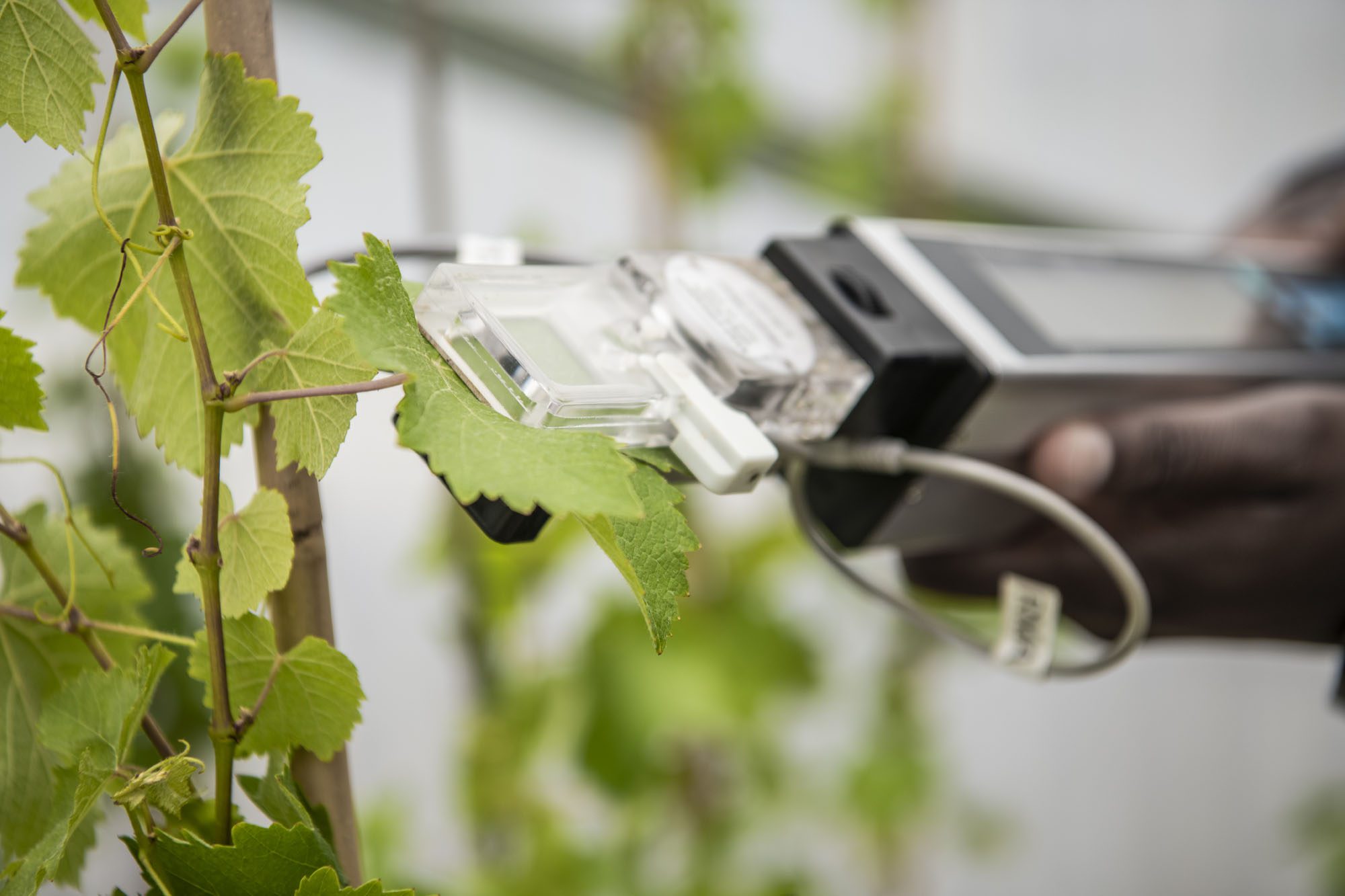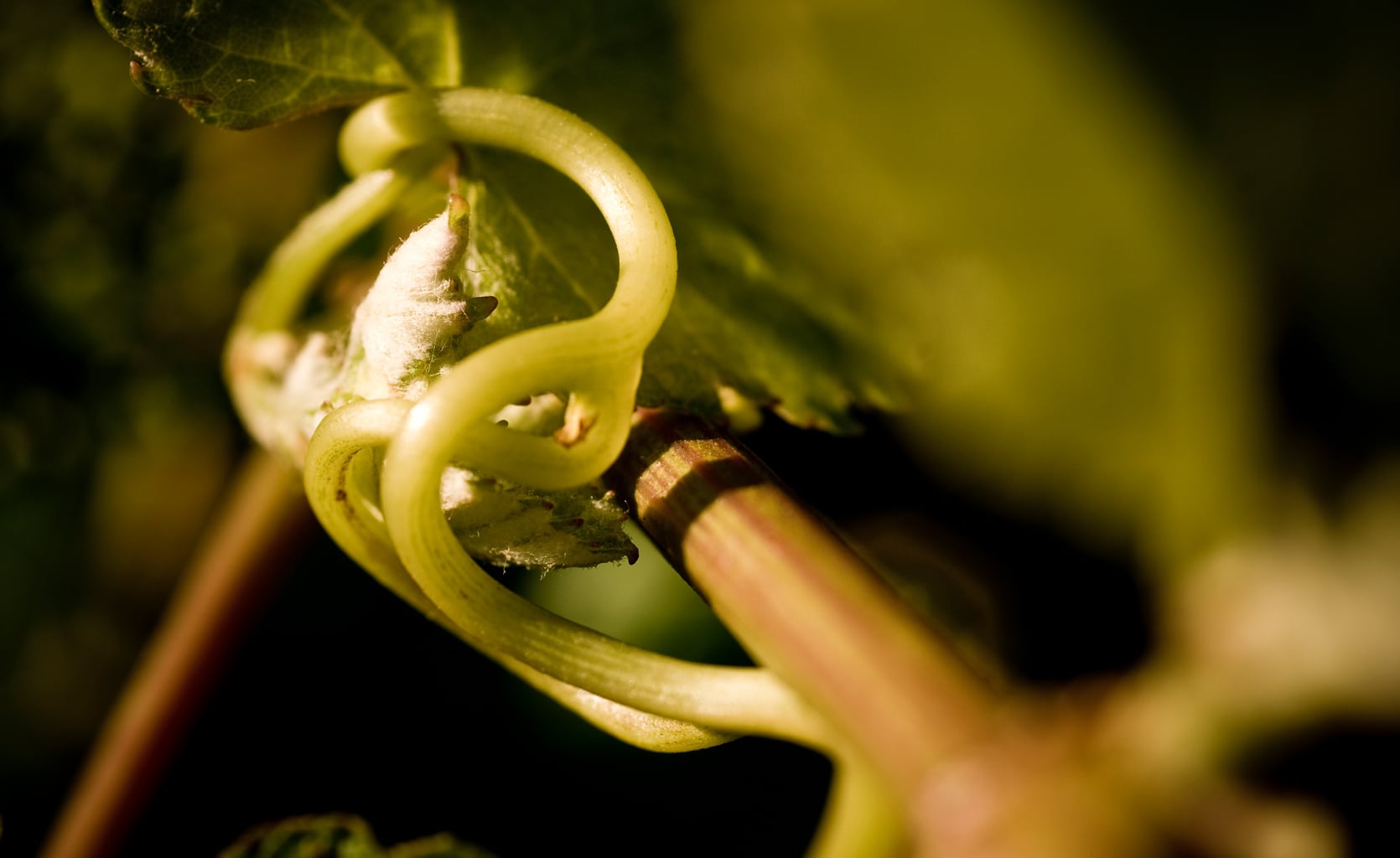The Sauvignon Blanc Grapevine Improvement programme (SB2.0) was launched in 2021, with the aim of developing new Sauvignon blanc clones to help the NZ wine industry respond to a changing environment. Since then, we have been focused on developing capability within BRI’s Grapevine Improvement team and harnessing scientific technologies that are utilised within the modern plant improvement landscape. BRI have established a molecular laboratory that focuses on understanding the differences between grapevine varieties and unique clones of New Zealand’s premium variety, Sauvignon blanc.
In 2024, BRI planted a vineyard on the Lincoln University campus containing 6,000 unique Sauvignon blanc clones, with an additional 4,000 clones to be planted in 2025. These clones were created by harnessing the plant’s innate ability to adapt, generating random genetic changes following treatment with various stressors. These treatments do not introduce any new or foreign genetic material, resulting in vines that are non-GMO.
These plants will now be screened for key traits as defined by the industry. The traits include disease resistance, yield, drought tolerance (including water use efficiency), and frost tolerance. A key challenge is determining the most effective way to identify the clones with the traits of interest. With 10,000 vines to screen, we have employed high-throughput screening technologies to aid in this search.
PromethION: Using DNA sequencing to identify traits of interest
Traditionally, we have selected vines by monitoring traits in the vineyard, which may take years to observe as the vines need to grow to maturity. However, with advances in sequencing technology and genomic analysis, we can now study a vine’s genetic information to try and predict some of these traits before it has fully grown.
In our laboratory, we have a PromethION P24 long-read sequencer made by Oxford Nanopore Technologies. This machine allows us to sequence DNA extracted from different grapevine varieties to identify a pool of genes that are correlated with specific traits. As we sequence our clones, we can target the previously identified regions within the genome to find the most promising plants.
Blackbird robot: Rapid scanning for powdery mildew
One major challenge is to understand the powdery mildew resistance of each vine on such a large scale. To combat this challenge, we imported a high throughput microscopy imaging robot called the Blackbird. The Blackbird was developed by the USDA and Cornell University, with BRI becoming one of the first laboratories outside of the USA to acquire this technology. The Blackbird’s image analysis capability relies heavily on machine learning and AI algorithms.
Practically, leaf discs are inoculated with powdery mildew and photographed by the Blackbird eight times. These images are then stacked to form one image per leaf disc before each disc is scored for the percentage of infection. Utilising this technology, up to 1500 leaf discs can be screened in a day. If this screening was undertaken manually with a microscope, it would take at least 2 months to do a similar amount of work.
Measuring photosynthesis under drought stress: PP Systems photosynthesis meter
Drought tolerance was identified by the industry as one of the desired traits for future Sauvignon blanc vines. To efficiently screen a large population of vines for this trait, we first need to identify physiological markers that indicate when a vine is more drought tolerant. To find these markers we have initiated a pilot project using 80 of the newly developed Sauvignon blanc clones. Once identified we will screen the wider population of Sauvignon blanc clones for these markers to determine the individuals most likely to be drought tolerant.
The pilot project will use a fourth-generation photosynthesis meter to monitor photosynthesis and gas exchange in leaves under varying drought stress scenarios. The pilot project represents the beginning of an exciting chapter in our drought tolerance screening methodology.

















